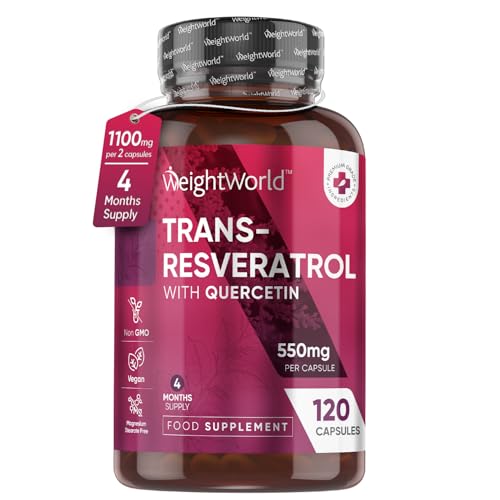Understanding Hand Sewing Machines: A Beginner’s Guide
What Are Hand Sewing Machines?
Hand sewing machines are compact, user-friendly devices designed for quick and easy stitching, particularly suitable for small repairs or crafting projects. Unlike traditional sewing machines, which can often be bulky and require a learning curve, these machines are designed to make sewing accessible to everyone, whether you are a complete beginner or someone who requires a portable solution for their sewing needs.
Why Choose a Hand Sewing Machine?
Opting for a hand sewing machine means you have a handy tool perfect for on-the-go repairs or smaller projects. They are generally more convenient to set up, as they don’t require a lot of space, making them ideal for those living in small apartments or for students. Additionally, the ease of use allows you to engage in sewing without the intimidation factor that larger machines can sometimes present.
Key Features to Look for in Hand Sewing Machines
Portability and Weight
When shopping for a hand sewing machine, consider its portability. A lightweight option is beneficial if you plan to sew while travelling or moving between locations. The smaller size makes it easier to store and transport, allowing you to have it handy whenever a sewing task arises.
Ease of Use
Look for models that have user-friendly features, such as simple threading mechanisms and straightforward controls. A hand sewing machine should assist you in getting started quickly, so features like clear instructions and intuitive design can make a significant difference. Additionally, having an automatic needle threader is a valuable advantage.
Versatility of Stitch Types
Consider the variety of stitches that the machine offers. Some hand sewing machines might only handle straight stitches, while others can accommodate zigzag stitching and more decorative options. Depending on your sewing projects, this versatility could be crucial to what you ultimately choose.
Durability and Build Quality
While hand sewing machines are compact, they need to be sturdy to withstand regular use. Check for machines made from durable materials that can handle fabric thickness without jamming or breaking down. A robust build ensures your investment will last through various projects.
Top Recommendations for Hand Sewing Machines in 2023
Best for Beginners
For those just starting out, we recommend a reliable model that balances ease of use with functionality. A manual machine equipped with basic stitch options and easy threading can serve as a great introduction to the world of sewing. This will allow you to build confidence before advancing to more complex designs.
Best for Travel
If portability is your top priority, look for compact models that offer a battery-operated option. These are excellent for quick fixes on the go, and their size makes them fitting for limited storage spaces. Choose one that comes with a built-in cutter and a start/stop feature for added convenience.
Best Budget Option
For those seeking an economical choice, opt for a basic hand sewing machine that still offers decent functionality. Ensure it has essential features, like adjustable stitch length and width, without unnecessary add-ons that inflate the price. This ensures you can accomplish basic tasks without overspending.
How to Use a Hand Sewing Machine Effectively
Getting Started with Setup
To begin sewing, set up the machine by threading it according to the provided instructions. Ensure the fabric is well-positioned under the presser foot and that the needle is adjusted correctly for the type of fabric you’re using. Practising with scrap fabric can help familiarise you with the machine before tackling your actual project.
Executing Basic Stitches
Once you’re set up, initiate the sewing process by gently guiding the fabric. Most hand sewing machines will operate with a simple push button or switch. Remember to keep a steady hand and let the machine guide the fabric rather than forcing it through, which can lead to uneven stitches.
Finishing Your Seam
Once you’ve completed your sewing, it’s essential to finish the seam properly. Use the machine’s cutter or scissors to trim excess thread, and if applicable, backstitch at the beginning and end of seams to secure them. Taking these extra steps not only enhances the quality of your work but ensures durability.
Maintaining Your Hand Sewing Machine for Longevity
Regular Cleaning Practices
To prolong the life of your hand sewing machine, make a habit of cleaning it regularly. Dust and fabric lint can accumulate in the machine, leading to possible issues like jams or uneven stitching. Use a soft brush or a lint roller to remove debris from the surface and the sewing area.
Periodic Oil Application
Just as you would with a traditional sewing machine, it’s important to lubricate your hand sewing machine periodically. Follow the manufacturer’s instructions on which type of oil to use and where to apply it. This care ensures that moving parts function smoothly and prevents wear and tear over time.
Store Properly After Use
When not in use, store your hand sewing machine in a safe location, preferably in a dust-free environment. If it comes with a cover, use it to protect it from dust and moisture. Ensuring a clean storage space prevents unnecessary damage and optimises the machine’s longevity.
















